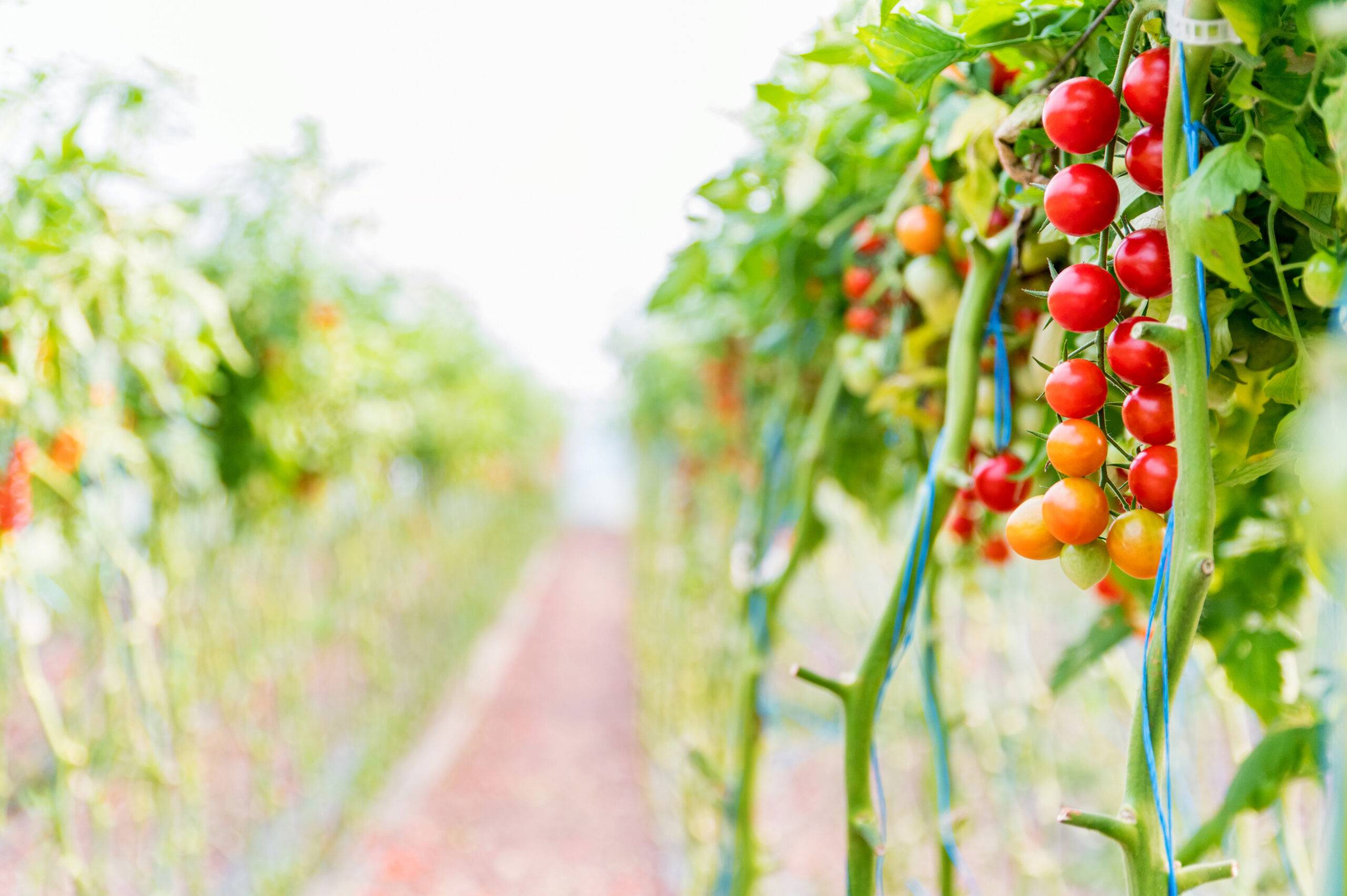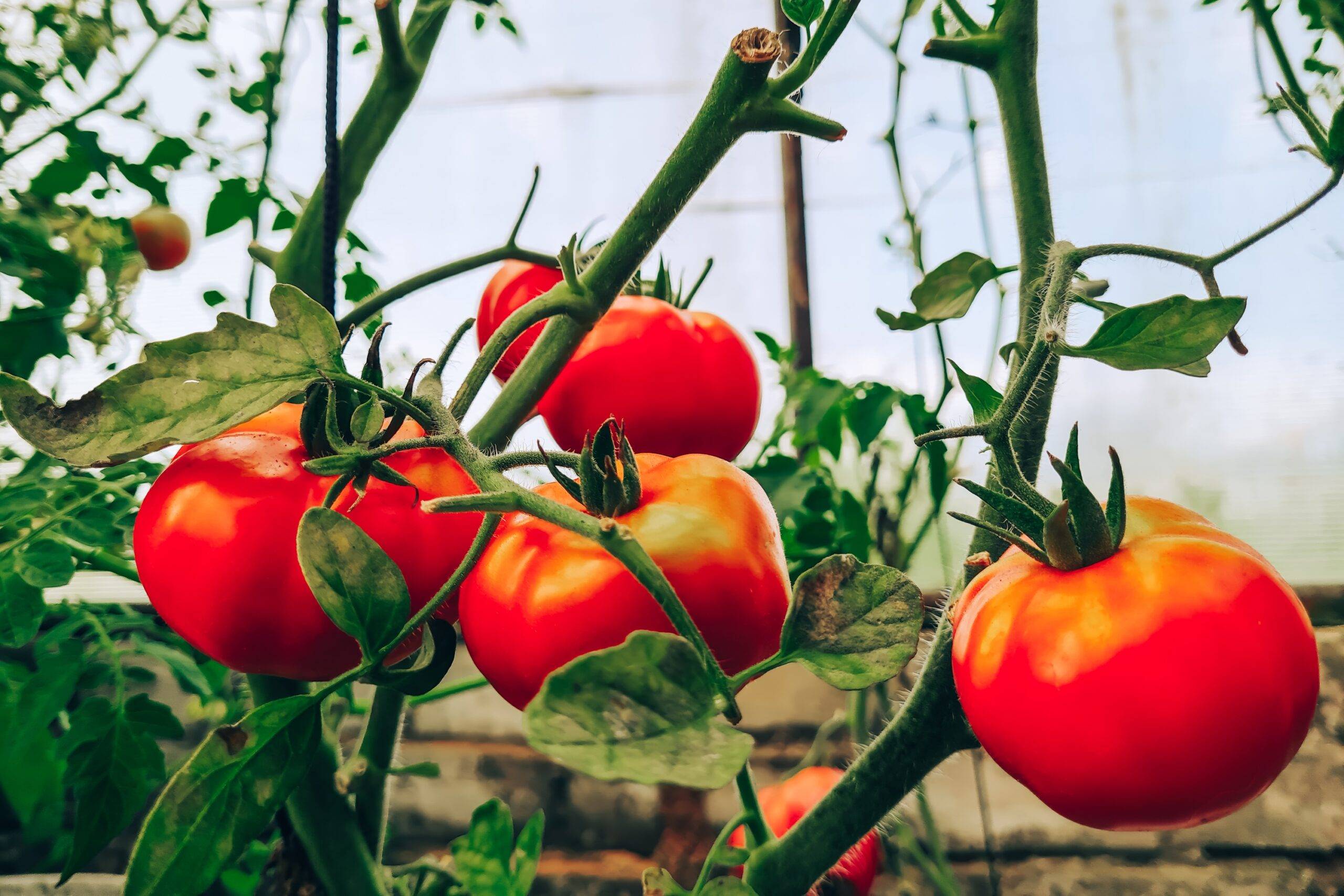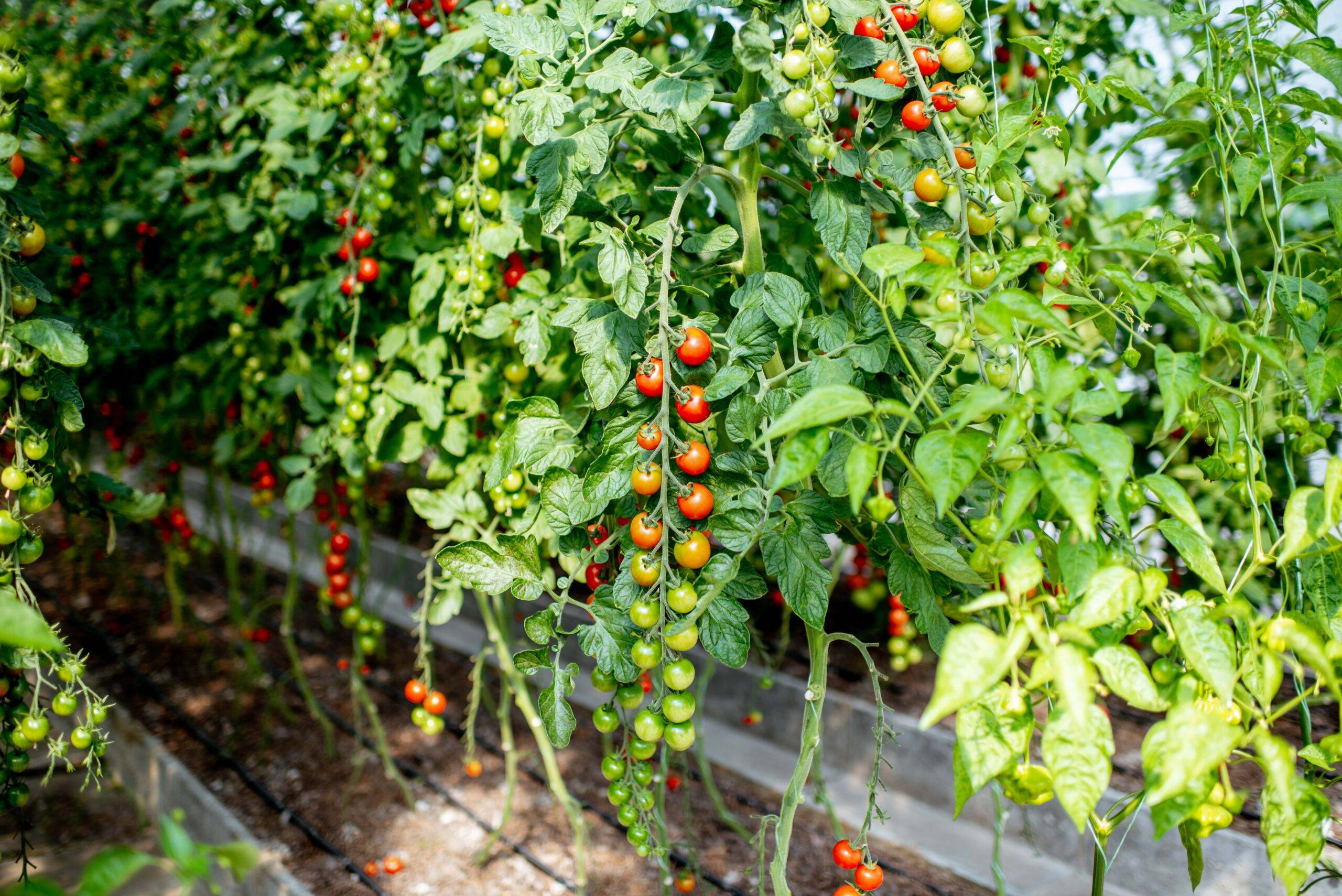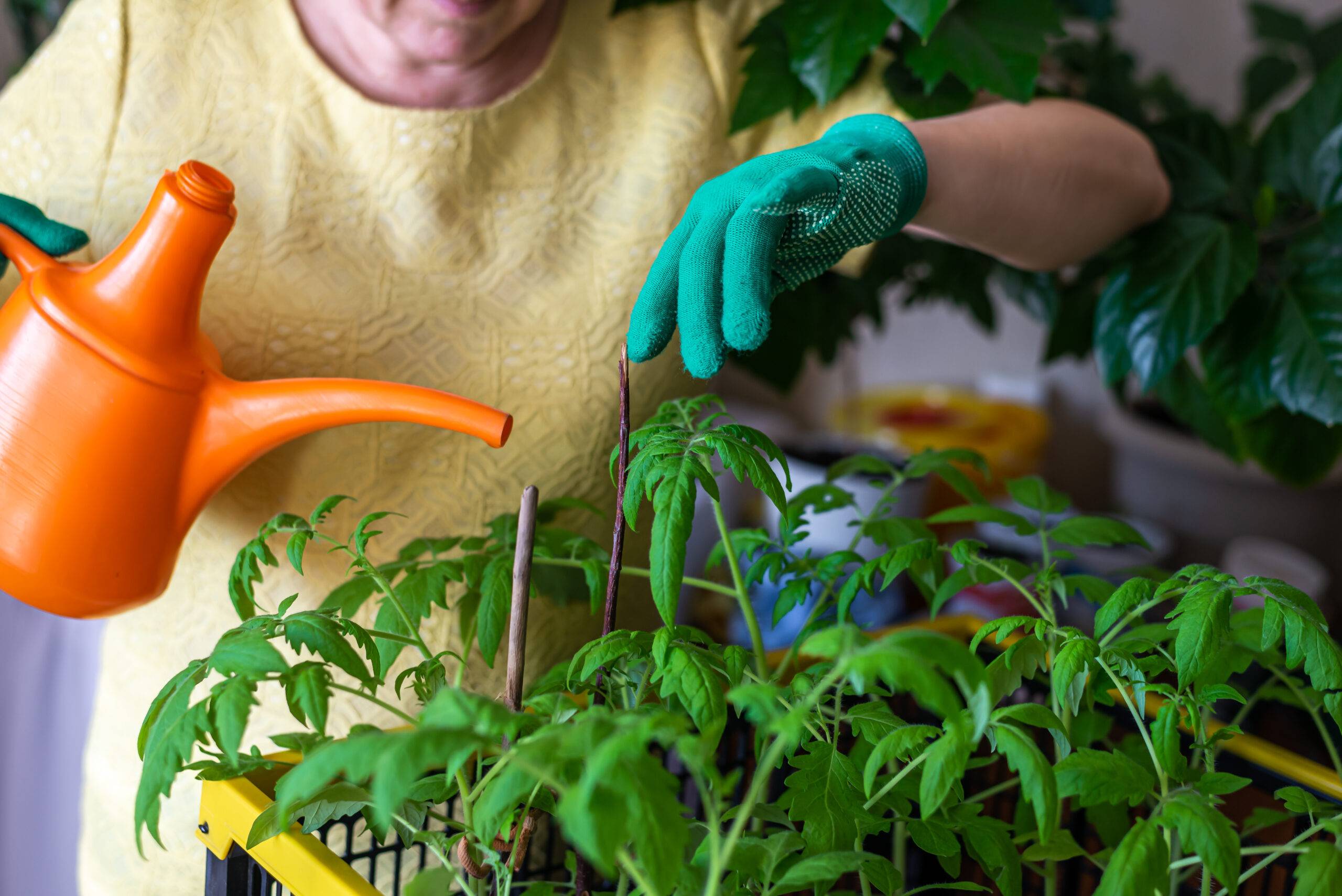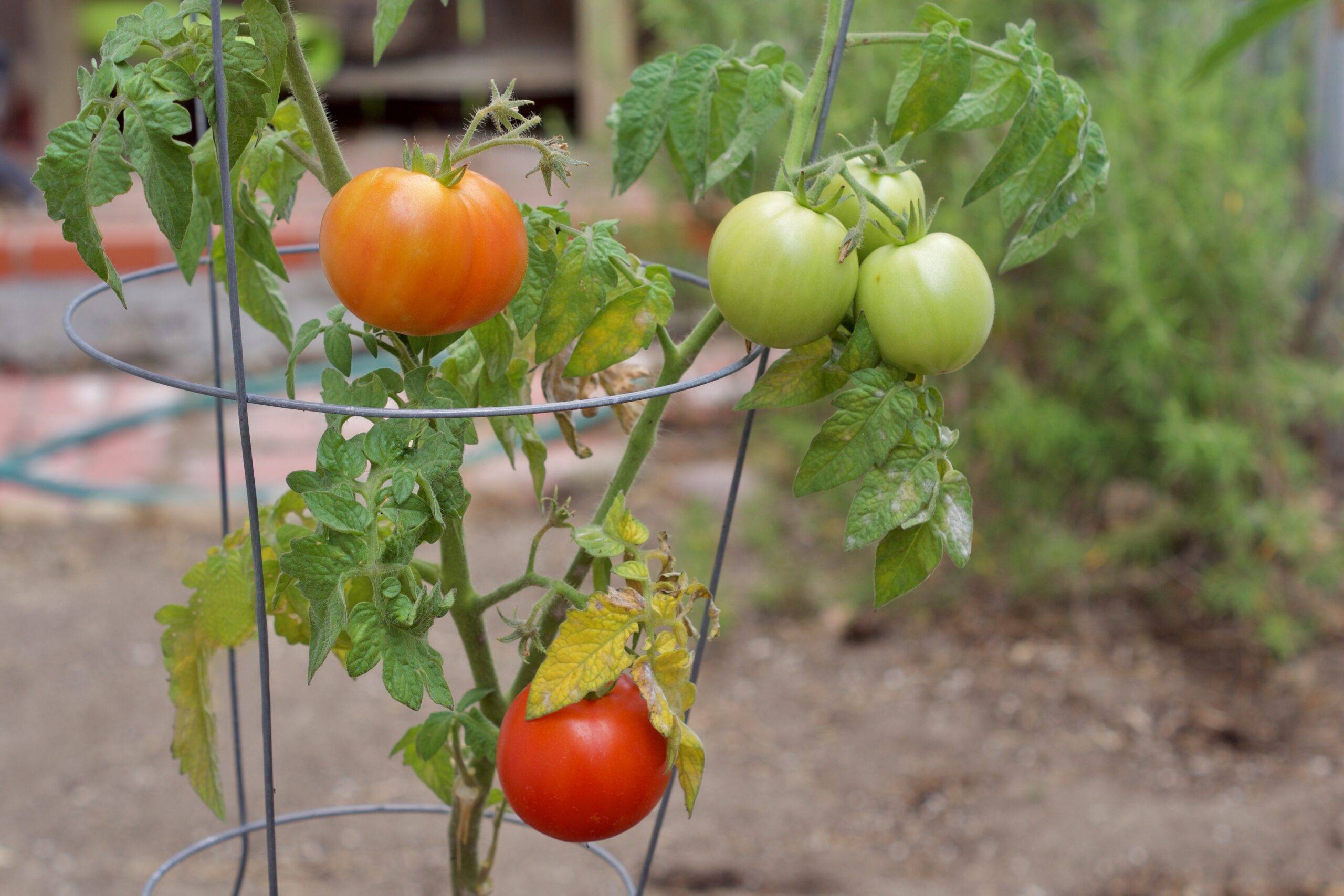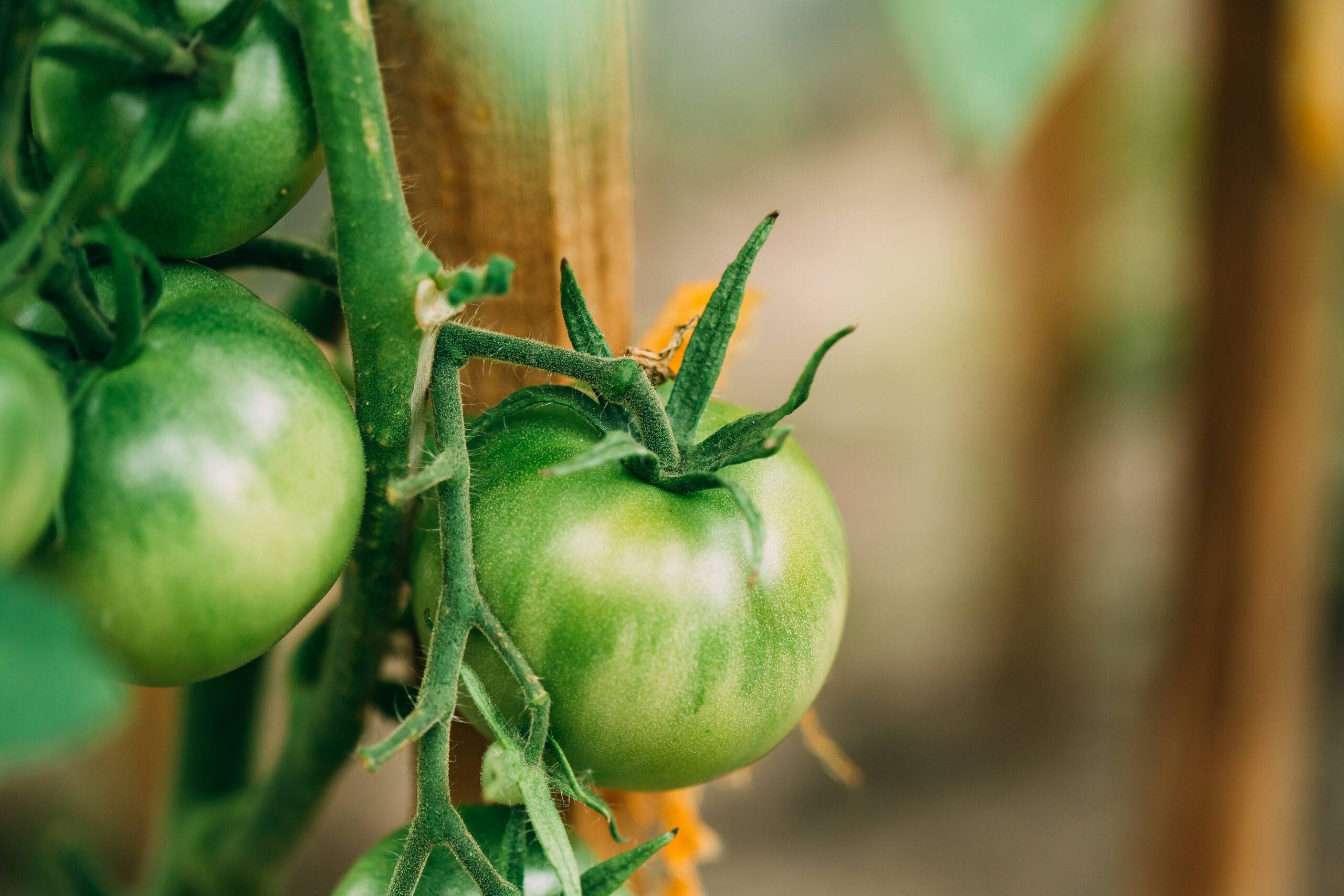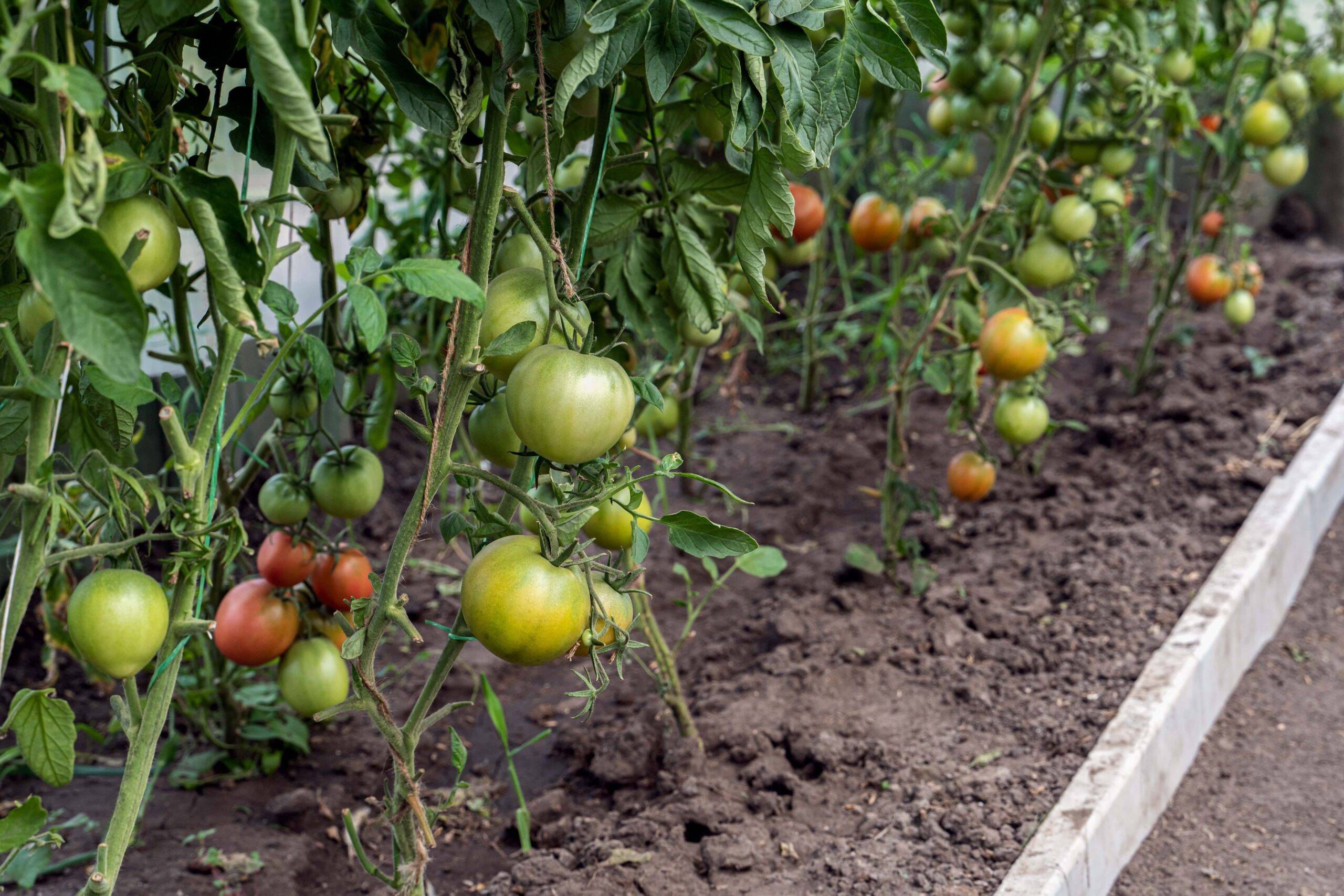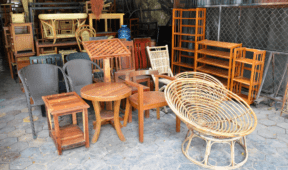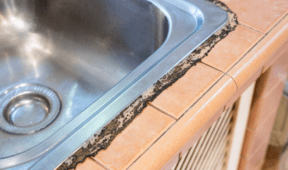7 Tomato Growing Tips For Home Gardeners
Tomatoes are one of the most rewarding crops to grow at home, but they can be surprisingly tricky. Between the weather, soil, pests, and timing, there are a lot of variables that can affect how well your tomatoes perform. Whether you’re growing a few plants in containers or tending to a large garden bed, these tips will help you avoid common mistakes, improve your yield, and get the most out of your harvest.
Choose the Right Variety for Your Conditions
Not all tomatoes grow the same. Some thrive in containers, while others need more room to sprawl. Look into determinate versus indeterminate types. Consider how much sun your yard gets, how long your season lasts, and whether you’re dealing with lots of humidity or dry air. Use those metrics to choose you tomato seeds, don’t just pick whichever you’d like best. Choosing the right variety makes a big difference in how well your plants grow and how much fruit you’ll get from them.
Start With Healthy, Deep Roots
When planting tomato seedlings, bury them up to the first set of leaves. It’ll look deeper than it should be, but that’s where you want it to start as tomatoes form roots along their buried stems, which then helps them grow stronger and take in more water. This gives them a better anchor and helps them hold up under the weight of their fruit later in the season. It also helps them cope better during dry spells.
Fertilize Correctly
Tomatoes are heavy feeders, but tossing fertilizer on the surface won’t do much if the soil isn’t in good shape. Work either compost or aged manure into your soil before planting. A balanced, slow-release fertilizer added to the planting hole can help early on, but the real key is building soil that stays rich and loose. Healthy soil holds moisture better and supports stronger root growth.
Water Smart, Not Often
Tomatoes don’t like inconsistent watering. It can cause issues like cracking fruit or blossom end rot. Instead of watering a little every day, aim for deeper watering a few times a week, depending on your weather. Water at the base of the plant to avoid splashing the leaves, which can spread disease. A layer of mulch can also help hold moisture in and reduce how often you need to water.
Support Your Plants Early
Many gardeners wait too long to stake or cage their tomato plants. Get your supports in place when the plants are still small. Once they grow, trying to add a cage or tie them up becomes harder and risks damaging the plant. Good support keeps fruit off the ground, improves airflow around the leaves, and makes it easier to spot problems before they spread.
Keep an Eye Out for Trouble
Tomatoes attract all sorts of issues, from hornworms to fungal diseases. Catching problems early makes them easier to fix, so check leaves for spots, yellowing, or holes often. Look under leaves and along stems for signs of bugs. Remove damaged leaves and spray with a gentle, targeted solution if needed. A little time spent checking on your plants can save your whole crop.
Don’t Overcrowd the Garden
Tomato plants need space. If they’re packed in too tightly, they’ll compete for nutrients and the airflow will suffer, which then creates a perfect environment for mold and mildew. Make sure you leave enough room between plants for light and air to move through. This also gives you easier access when it’s time to water, prune, or pick fruit. Less crowding often leads to better harvests.
Related Articles
- Plant These Herbs Near Your Tomatoes To Help Them Thrive
- The Easiest Vegetables to Grow In Your Garden
- The Best Ways to Dry and Store Fresh Garden Herbs
Tomatoes reward care and patience. Even if a season doesn’t go as planned, every year teaches you something new. Stick to the basics, pay attention to your plants, and adjust your tactics as needed. With the right steps, you’ll be well on your way to enjoying homegrown tomatoes that taste better than anything from the store.

